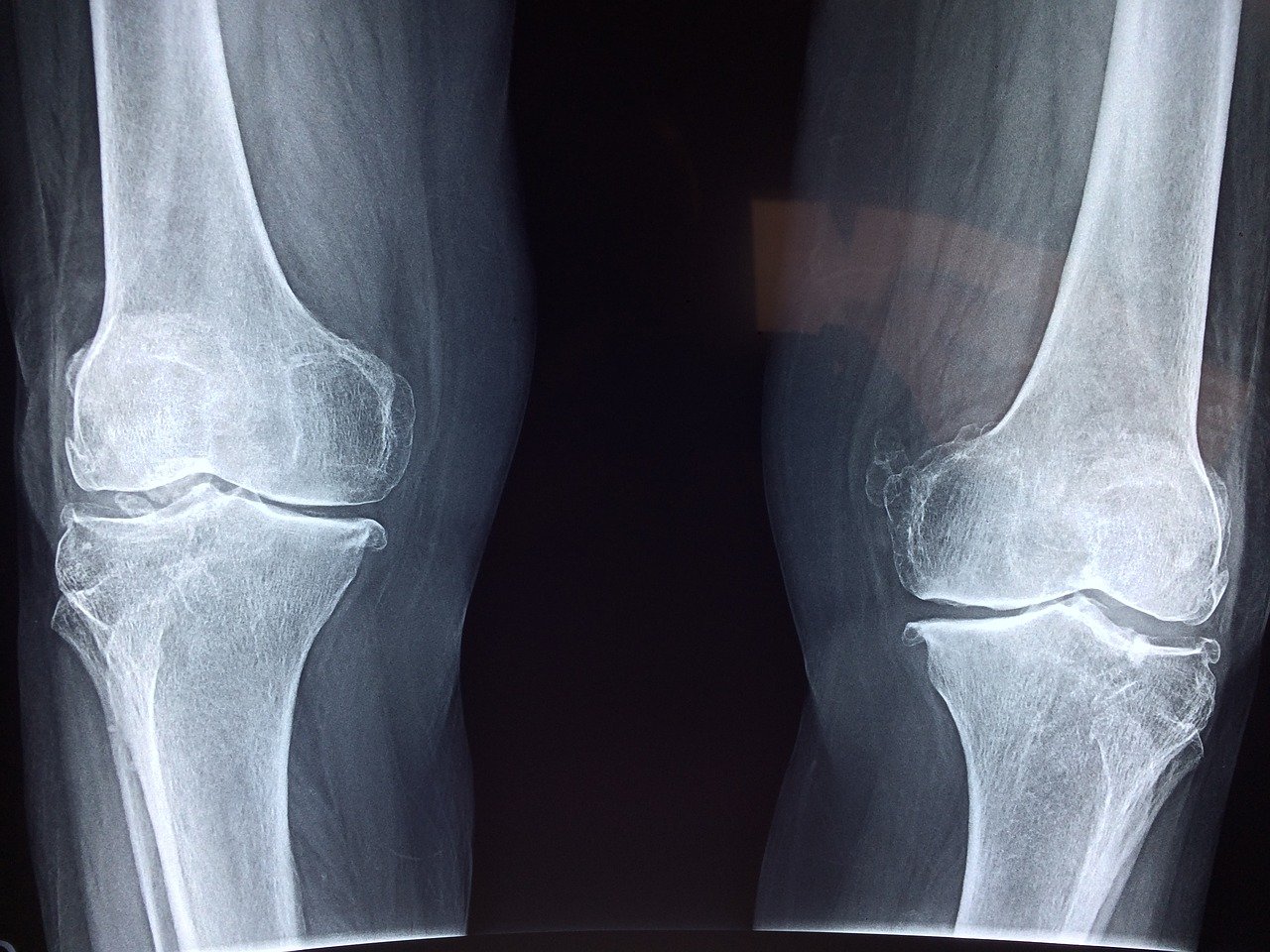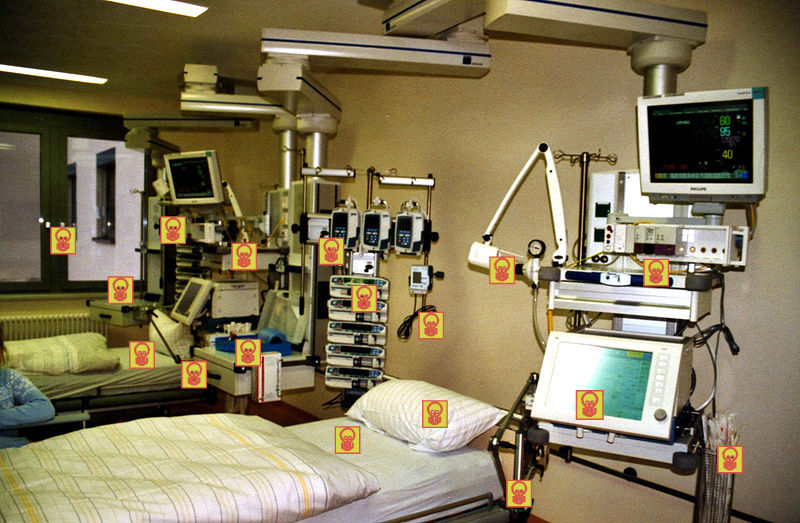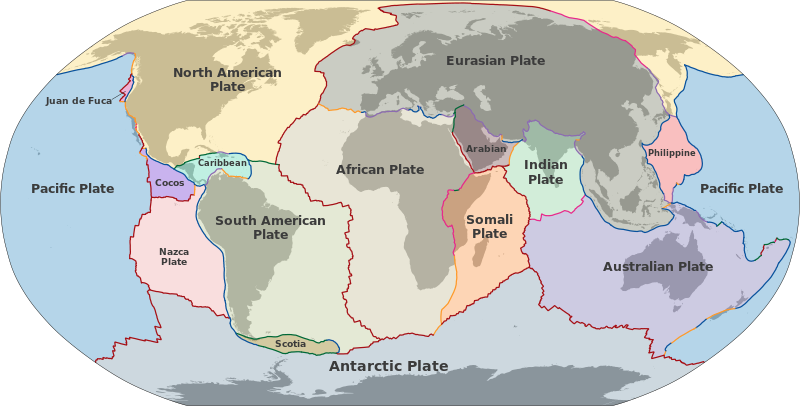The origin of nanotechnology can be traced to Richard P. Feynman’s 1959 lecture at CalTech to the annual meeting of the American Physical Society titled “There’s Plenty of Room at the Bottom.” The lecture explores the immense possibilities afforded by miniaturization at the atomic and molecular scale. Over the past five decades, nanotechnology has developed into a multidisciplinary and interdisciplinary field that integrates physical, chemical, biological, and material sciences, as well as engineering.
Fast-forward to today and Feynman’s original insights are being realized across a wide range of industries, such as pharmaceuticals, where DNA nanotechnology is allowing the delivery of antigens for vaccinations, and food safety, where progress is being made synthesizing new food products and ingredients.
Many recent breakthroughs in DNA nanotechnology are related to building structures on the nanoscale rather than simply understanding their properties. Pharmaceutical companies are now carefully designing and configuring materials using recently developed precision tools that allow the manipulation of macromolecules.
One of the main challenges has been developing capabilities for the robust delivery of DNA nanotechnology products that would allow for rapid development and commercialization. One of the stumbling blocks is that DNA nanotechnology requires bioactive macromolecules that need to be delivered very precisely so that they remain bioactive during the entire treatment cycle.
Following are some of the DNA structures being built on the nanoscale:
The following video goes into general information on nanotechnology:
The following video goes into detail on how DNA can be used as building blocks for complex nanostructures.






